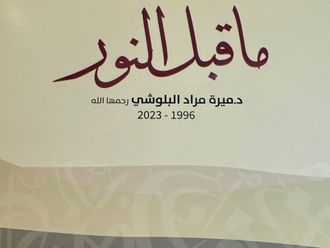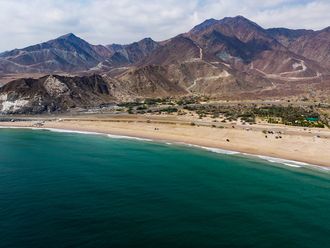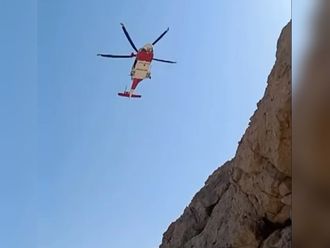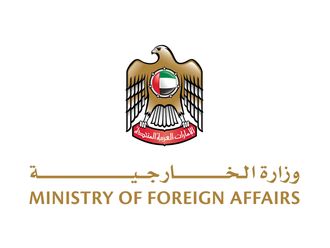If Oman chooses to buy the Lockheed Martin F-16 jet fighter, the operational compatibility of its F-16s with those of the UAE is likely, a senior company official said. Delivery of the UAE's F-16s will start from 2004 at an average of three planes a month. Qatar has also expressed interest in this aircraft. The GCC countries recognise the advantages of operational compatibility, John Bean, director of the F-16 Block 60 Programme, told Gulf News yesterday. "It is a factor. But it is early stages yet."
He confirmed that Oman is negotiating the purchase of F-16 aircraft, but it may choose the Block 50 model. Bahrain received 22 F-16s in the 1990s, and Saudi Arabia is looking for a replacement for its F-15 aircraft that are due to retire in the next 10 years. "We are talking to them for several years to replace it with F-16s." Bean said Lockheed-Martin is trying to sell its C-130J transport aircraft to the Gulf states, and Kuwait is interested. The UAE flies an earlier model of the C-130 and is not interested in the later model at the moment.
Lockheed Martin is also offering its new missile systems. Bahrain was the first to have the MLRS (surface-to-surface general support artillery) system and is negotiating for the Army Tactical Missile System (ATACMS) worth $20 million. The other HIMARS (high mobility artillery system), which is still in the development stage, has drawn strong interest from GCC states, said Morris Boyd, director of International Business Development.
"We have entered into negotiations only conceptually with four of the six GCC states and two of their close allies, one of which is Egypt," he said. The UAE is also likely to replace the Apache A helicopter with the new Apache D which incorporates the radar system, a company official said. "The UAE plans to upgrade the entire Apache A models into D." Egypt will complete the upgrading of its Apaches by 2003-04, he added.
UAE, Oman F-16 jets 'may have operational compatibility'
If Oman chooses to buy the Lockheed Martin F-16 jet fighter, the operational compatibility of its F-16s with those of the UAE is likely, a senior company official said. Delivery of the UAE's F-16s will start from 2004 at an average of three planes a month. Qatar has also expressed interest in this aircraft.












